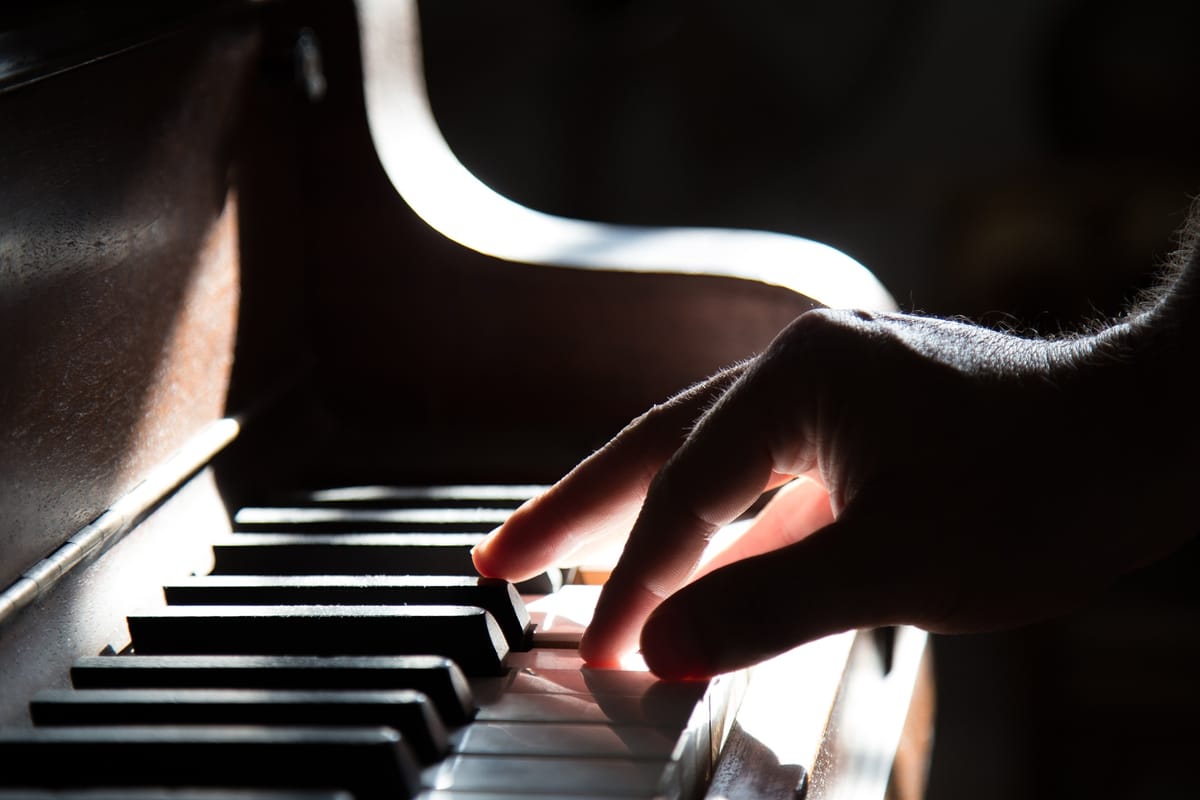Right from the Start

Recently I had the opportunity to adjudicate at the MusiQuest Festival in Pune where I heard dozens of students from around India perform 200 pieces of music. The group I asked to work with was the youngest one, comprised of students ages 5 through 10. There was a lot of excellent playing and I was encouraged about the future of classical music in India.
The most frequent adjustment I found myself suggesting to students concerned the position of their hands on the keys. The natural tendency of all hands is to rotate outward, toward the fifth finger. Attempting to play the piano in this position yields very uneven results. The second finger ends up further away from the keys than the fourth and fifth, and those outer fingers can get jammed against the key, making it impossible to produce any sound at all from the instrument. In the first year of lessons it’s essential that teachers work to turn their students’ hands ever so slightly toward the thumb. Some pedagogues explain this by saying that the bridge, or knuckles of the hand, needs to be parallel to the keyboard. Others say the hand needs to be level, not tilted. Still others say the base of the fingers, the part closest to the hand, needs to be parallel to the keys. However defined, the result of adopting this position and playing up on the fingertips will be that all the fingers will be equidistant to the keys. This will allow students to create smooth, even melodies and to control the amount of sound for each note.
When working with our youngest students it is important to keep explanations as succinct as possible. The direction I give my young students is to ensure that their fifth fingers are on their tips, or “5s on tips,” for short. When the fifth finger is up on its tip it guides the rest of the hand into an advantageous position. Students will then be able to play melodies evenly, without any notes disappearing or sticking out too loudly. Waiting too long to address this issue allows the muscles to form in a way that later may be impossible to change. If students can be led to this position right from the start their hands will develop in a way that will allow them to become technically secure, a goal pianists of all ages strive to achieve.





